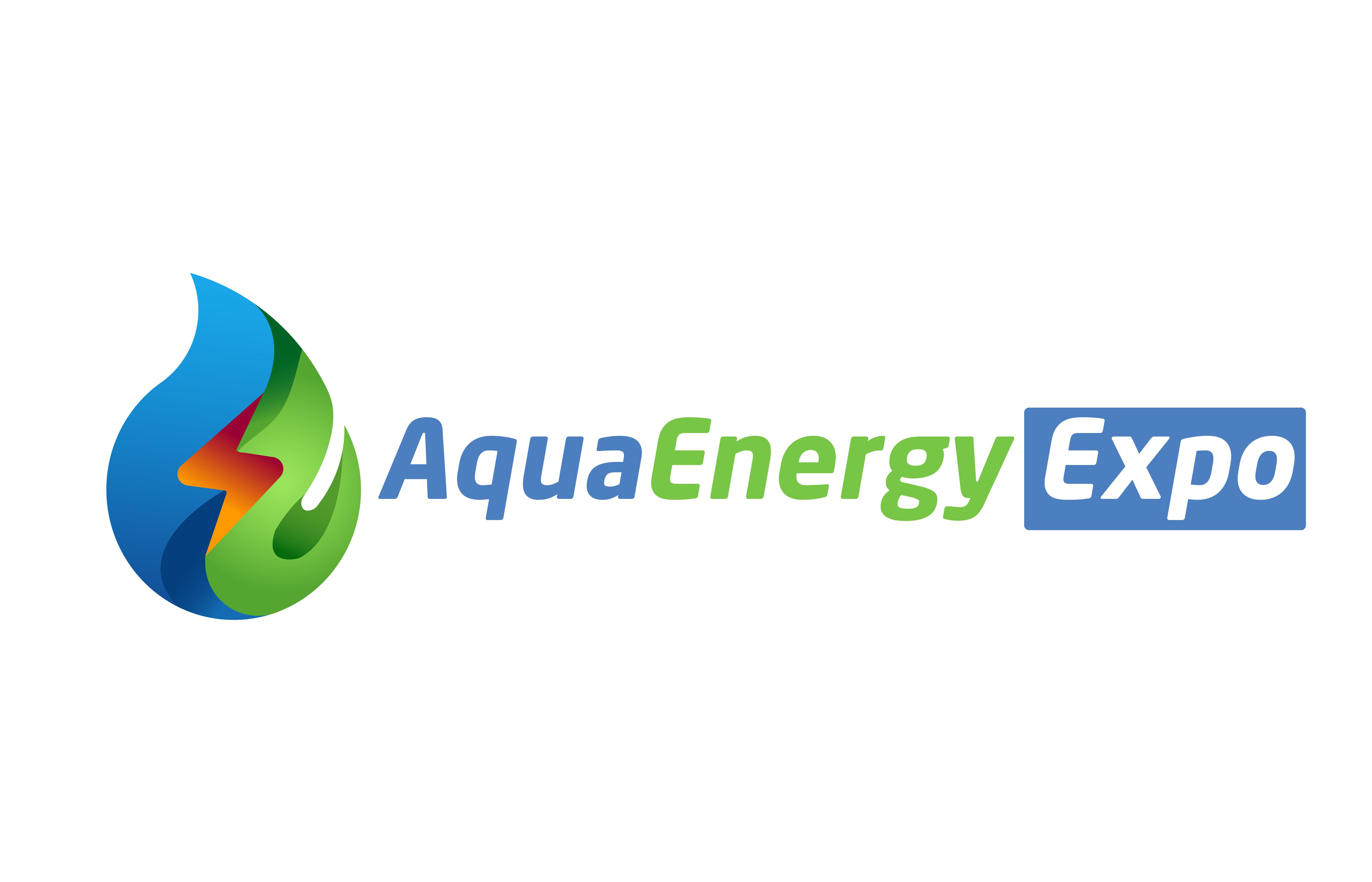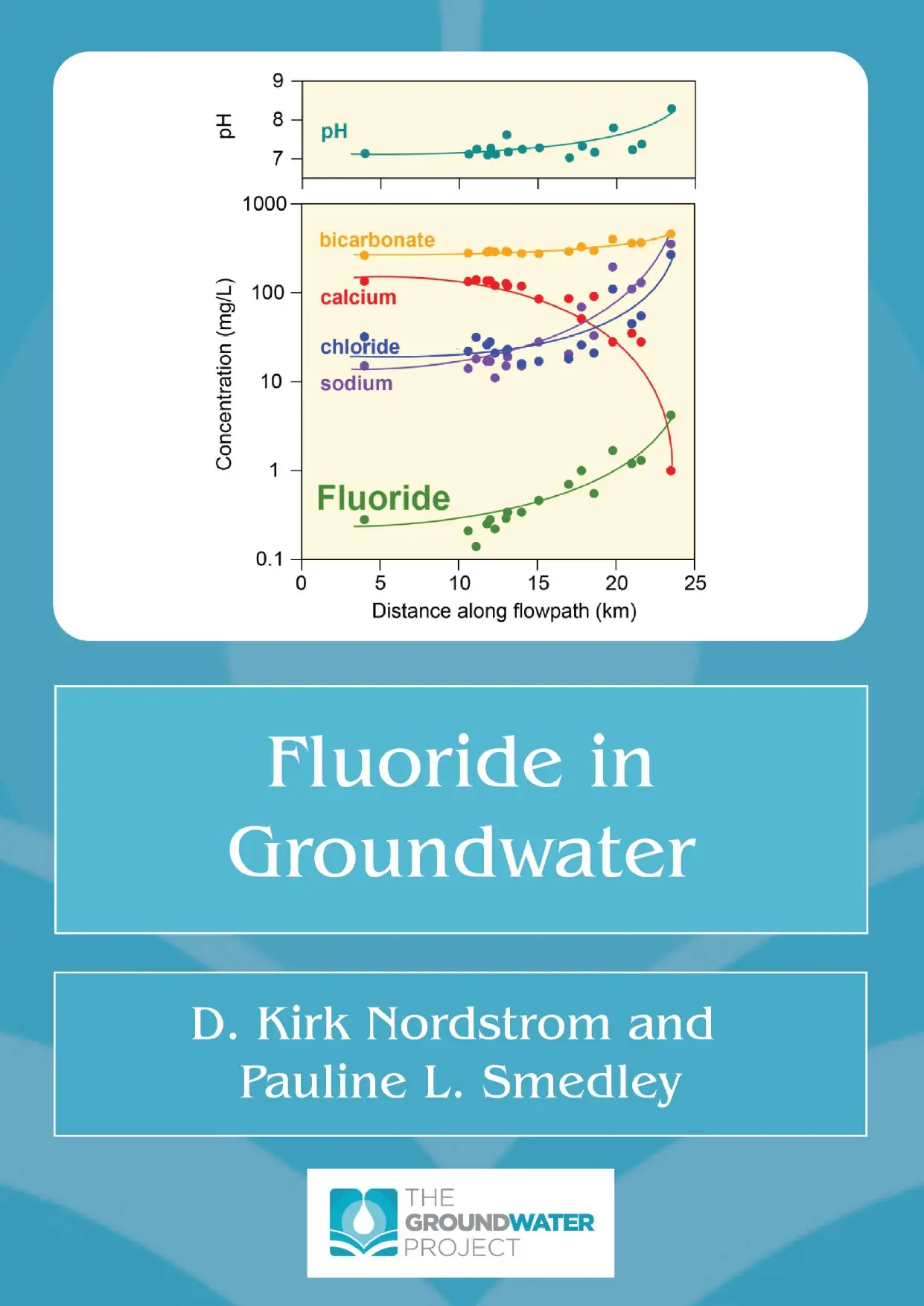Wells & Groundwater
Fluoride in Groundwater
Views : 44
Source: https://gw-project.org
Author(s) : D. Kirk Nordstrom and Pauline L. Smedley
Usually dispatched in 2 to 3 days
Usually dispatched in 2 to 3 days
Category:
Wells & Groundwater
The United Nations theme for World Water Day on March 22, 2022, is “Groundwater: making the invisible visible.” This aligns with the essence of the Groundwater Project (GW-Project), which is aimed at raising groundwater consciousness and strengthening groundwater expertise worldwide, and is being accomplished by publishing books and supporting materials about “all-things-groundwater”.
Only logged in customers who have purchased this product may leave a review.
Related books
Treatment Of Groundwater For the Removal of Iron and Manganese From Groundwater wells of southern of Libya
Abstract:
The purpose of the study to investigate the impact of the presence of iron and manganese found in groundwater. The concentrations if both minerals as well as the location of the water source were identified along with its impact on water quality. Also, in this investigation a suitable method or technique for the removal of both iron and manganese is selected taking into consideration the local economic and environmental aspects. The removal will be accomplished by oxidizing both iron and manganese using aeration or using dissolved chemical oxidants converting them from soluble to insoluble precipitates. Precipitates of iron and manganese hydroxides are formed and removed from water through settling and filtration units. In this research the concentrations of iron and manganese were analyzed from groundwater aquifers of a number of towns in the southern part of Libya. These concentrations were compared to the local and international drinking water standards set by the World Health Organization (WHO). Some water samples reported have shown a wide difference in iron and manganese concentration and selected for treatment in this investigation. A complete treatment system has been designed to remove iron and manganese for the groundwater at Brak city of Alafia since the iron and manganese exceeds the limits. The oxidation of iron and manganese was done via aeration followed by flocculation and, settling, filtration and finally disinfection. At Alafia city, iron and manganese concentrations were 3.1mg/L, and 0.32mg/L respectively as compared to the standards set by the World Health Organization, 2004 for concentrations of 0.3 mg /L, 0.1 mg /L respectively, This process is believed to be very effective and economically feasible in the removal of both iron and manganese.
Treatment Of Groundwater For the Removal of Iron and Manganese From Groundwater wells of southern of Libya
Abstract:
The purpose of the study to investigate the impact of the presence of iron and manganese found in groundwater. The concentrations if both minerals as well as the location of the water source were identified along with its impact on water quality. Also, in this investigation a suitable method or technique for the removal of both iron and manganese is selected taking into consideration the local economic and environmental aspects. The removal will be accomplished by oxidizing both iron and manganese using aeration or using dissolved chemical oxidants converting them from soluble to insoluble precipitates. Precipitates of iron and manganese hydroxides are formed and removed from water through settling and filtration units. In this research the concentrations of iron and manganese were analyzed from groundwater aquifers of a number of towns in the southern part of Libya. These concentrations were compared to the local and international drinking water standards set by the World Health Organization (WHO). Some water samples reported have shown a wide difference in iron and manganese concentration and selected for treatment in this investigation. A complete treatment system has been designed to remove iron and manganese for the groundwater at Brak city of Alafia since the iron and manganese exceeds the limits. The oxidation of iron and manganese was done via aeration followed by flocculation and, settling, filtration and finally disinfection. At Alafia city, iron and manganese concentrations were 3.1mg/L, and 0.32mg/L respectively as compared to the standards set by the World Health Organization, 2004 for concentrations of 0.3 mg /L, 0.1 mg /L respectively, This process is believed to be very effective and economically feasible in the removal of both iron and manganese.
Nanotechnology in Groundwater Remediation
Introduction:
In recent years, nano science and technology has introduced a new dimension to scientific disciplines and technology sectors due to its ability to exhibit super functional properties of materials at nano-dimensions. There is a remarkable rise in research and development in all developed countries and many developing countries pertaining to this field. Organizations such as Universities, public research institutes and industrial R&D laboratories focus strongly on this new technology to benefit from its scientific and technological advantages [1]. Nanotechnology is a multidisciplinary field that applies engineering and manufacturing principles at molecular level [2]. In broad terms, nanotechnology is the development and use of techniques to study physical phenomena and construct structures in the physical size range of 1–100 nanometers (nm) as well as the incorporation of these structures into applications [3]. The past couple of decades have been dedicated to the synthesis, characterization, and application of nanomaterials Nanotechnology has revolutionized a multitude of sectors such as the electronic, chemical, biotechnology and biomedical industries [4]. Whereas various industries produce different varieties of nanomaterials there are increasing efforts to use nanotechnology in environmental engineering to protect the environment by pollution control, treatment and as a remedial measure to long term problems such as contaminated waste sites [5]. This technique has proved to be an effective alternative to the conventional practices for site remediation. Further research has also been carried out and its application is found useful in the treatment of in drinking water.
Nanotechnology in Groundwater Remediation
Introduction:
In recent years, nano science and technology has introduced a new dimension to scientific disciplines and technology sectors due to its ability to exhibit super functional properties of materials at nano-dimensions. There is a remarkable rise in research and development in all developed countries and many developing countries pertaining to this field. Organizations such as Universities, public research institutes and industrial R&D laboratories focus strongly on this new technology to benefit from its scientific and technological advantages [1]. Nanotechnology is a multidisciplinary field that applies engineering and manufacturing principles at molecular level [2]. In broad terms, nanotechnology is the development and use of techniques to study physical phenomena and construct structures in the physical size range of 1–100 nanometers (nm) as well as the incorporation of these structures into applications [3]. The past couple of decades have been dedicated to the synthesis, characterization, and application of nanomaterials Nanotechnology has revolutionized a multitude of sectors such as the electronic, chemical, biotechnology and biomedical industries [4]. Whereas various industries produce different varieties of nanomaterials there are increasing efforts to use nanotechnology in environmental engineering to protect the environment by pollution control, treatment and as a remedial measure to long term problems such as contaminated waste sites [5]. This technique has proved to be an effective alternative to the conventional practices for site remediation. Further research has also been carried out and its application is found useful in the treatment of in drinking water.
Removal of Hazardous Metals from Groundwater by Reverse Osmosis
Abstract:
This EPA treatment technology project was designed to collect data on the performance of existing water treatment processes in order to remove arsenic on pilot-scale. Our paper contains verification testing of the reverse osmosis membrane module conducted over a 30-day period at the Spiro Tunnel Bulkhead water (Park City, Utah, USA), which is considered to be a ground water. The total arsenic concentration in the feed water averaged 60 ppb during the test period and was reduced to an average of 1 ppb in the treated (permeate) water. The work reported here focused on obtaining accurate readings for arsenic valence states (III) and (V), using an anion exchange resin column. The dominant arsenic species in the abandoned silver mine tunnel feed water was As(V). Results of analysis showed that 70% of the arsenic present in the feed water was in dissolved form. Arsenic speciation for valence states (III) and (V) showed that arsenic (V) represented 76% of the dissolved arsenic in the source water. The method detection limit (MDL) for arsenic using ICP-MS was determined to be 0.1 ppb. Our matrix spiked recovery, spiked blank samples and reference materials deviated only a few percentage points from the listed true values.
Removal of Hazardous Metals from Groundwater by Reverse Osmosis
Abstract:
This EPA treatment technology project was designed to collect data on the performance of existing water treatment processes in order to remove arsenic on pilot-scale. Our paper contains verification testing of the reverse osmosis membrane module conducted over a 30-day period at the Spiro Tunnel Bulkhead water (Park City, Utah, USA), which is considered to be a ground water. The total arsenic concentration in the feed water averaged 60 ppb during the test period and was reduced to an average of 1 ppb in the treated (permeate) water. The work reported here focused on obtaining accurate readings for arsenic valence states (III) and (V), using an anion exchange resin column. The dominant arsenic species in the abandoned silver mine tunnel feed water was As(V). Results of analysis showed that 70% of the arsenic present in the feed water was in dissolved form. Arsenic speciation for valence states (III) and (V) showed that arsenic (V) represented 76% of the dissolved arsenic in the source water. The method detection limit (MDL) for arsenic using ICP-MS was determined to be 0.1 ppb. Our matrix spiked recovery, spiked blank samples and reference materials deviated only a few percentage points from the listed true values.
Distribution Foreman
Distribution Foreman CEU Training Course Description
Water Distribution, Well Drillers, Pump Installers, and Water Treatment Operators. The target audience for this course is the person interested in working in a water treatment or distribution facility and wishing to maintain CEUs for certification license or to learn how to do the job safely and effectively, and/or to meet education needs for promotion. This course will cover the necessary water distribution information for the intermediate level of water distribution/water treatment operator. This course consists of 4 chapters of increasing subject/task difficulty. Because of the explanation of Water Distribution and Water Treatment Methods and related water fundamentals and a detailed understanding of pumps and motors, this is an excellent course that applies to both Water Treatment and Distribution Operators. This course also covers in detail: Disinfection, Chlorine, O3 and disinfection alternatives, and byproduct fundamentals. Water Quality, Tastes, and Odor Problems, MCL/EPA Rules, and a basic understanding of how the rules were created and implemented will be covered. This course will also cover advanced groundwater production and protection with problem-solving solutions.
Distribution Foreman
Distribution Foreman CEU Training Course Description
Water Distribution, Well Drillers, Pump Installers, and Water Treatment Operators. The target audience for this course is the person interested in working in a water treatment or distribution facility and wishing to maintain CEUs for certification license or to learn how to do the job safely and effectively, and/or to meet education needs for promotion. This course will cover the necessary water distribution information for the intermediate level of water distribution/water treatment operator. This course consists of 4 chapters of increasing subject/task difficulty. Because of the explanation of Water Distribution and Water Treatment Methods and related water fundamentals and a detailed understanding of pumps and motors, this is an excellent course that applies to both Water Treatment and Distribution Operators. This course also covers in detail: Disinfection, Chlorine, O3 and disinfection alternatives, and byproduct fundamentals. Water Quality, Tastes, and Odor Problems, MCL/EPA Rules, and a basic understanding of how the rules were created and implemented will be covered. This course will also cover advanced groundwater production and protection with problem-solving solutions.















Reviews
There are no reviews yet.